Transportation and the associated emissions is a much broader category than just road vehicles. It includes air, ocean, trucks, personal vehicles such as cars, motorcycles, bicycles, scooters, golf carts and mobility scooters. Most of these are powered by fossil fuels, burnt in an internal combustion engine (ICE). These are major contributor to the worlds green house gas emissions and contribute to the global warming trend and climate change.
Internationally, there are news reports covering the commissioning or building of zero emissions vehicular ferries and coastal steamers, short haul route aircraft and heavy road transport vehicles. In Australia, there are various businesses that make BEV trucks and buses. These are all being powered by either batteries or hydrogen fuel cells. Railways have been electrified in various parts of the nation and world for many decades. This network needs to expand so all diesel engines are removed from the tracks.
GADSA welcomes the moves in the broader transportation arena but is most concerned with personal transport.
In Australia, changes to the vehicles on our roads can be anticipated. Many vehicle manufacturers have announced they will cease the manufacture of ICE vehicles by various dates from 2025 to 2045. This is propelled by the tight vehicle emissions standards in Europe. Australia, by comparison, has very weak emissions standards for vehicles, despite vehicle emissions causing 1,700 premature deaths and hundreds of thousands of hospital admissions annually, through respiratory and coronary diseases. Australia’s inefficient engines add significantly to drivers’ and the nation’s fuel costs.
There are a range of low and zero emission vehicles currently in and proposed for release in Australia. The emissions of all vehicles is available from the Green Vehicle Guide.
Electric Vehicles
Electric Vehicles are powered entirely by batteries. This technology is rapidly changing at the moment – batteries are improving in safety and efficiency and their cost is falling dramatically. The manufacturer’s warranties on these batteries are typically for around 8 to 10 years. Replacement battery costs are falling, but are currently around $0.50/Wh, installed.
Most Electric Vehicles get charged at home, often using rooftop solar, making this energy virtually free. On longer road trips, fast charging facilities exist along major highways, from Adelaide to Cairns. Governments, organisations and private interests are all investing in these facilities, in anticipation of a major uptick in EV adoption. As such, the network is constantly improving and the best resource we’ve found for navigating the network is Plugshare. It is also useful to know that any power point will charge an Electric Vehicle, it just takes a lot longer than a fast charger.
Hybrid electric vehicles (HEVs) have been in service for several years. These vehicles convert kinetic energy into battery-stored chemical energy, via the electric motor, to recover energy already burnt in the petrol motor. This makes HEVs more fuel efficient than conventional ICE vehicles, thereby reducing emissions. The two energy systems are synchronised to give the best emissions result. However, these vehicles cannot be charged by external sources.
Plug-in hybrid electric vehicles (PHEVs) are similar to the HEV but they can be plugged into the electricity grid to have the battery charged. These vehicles have an electric-only range of 20 to 45km, however, combined with the petrol engine, the full range of these vehicles is over 650km. When PHEVs are charged using renewable energy, the total emissions per km is reduced.
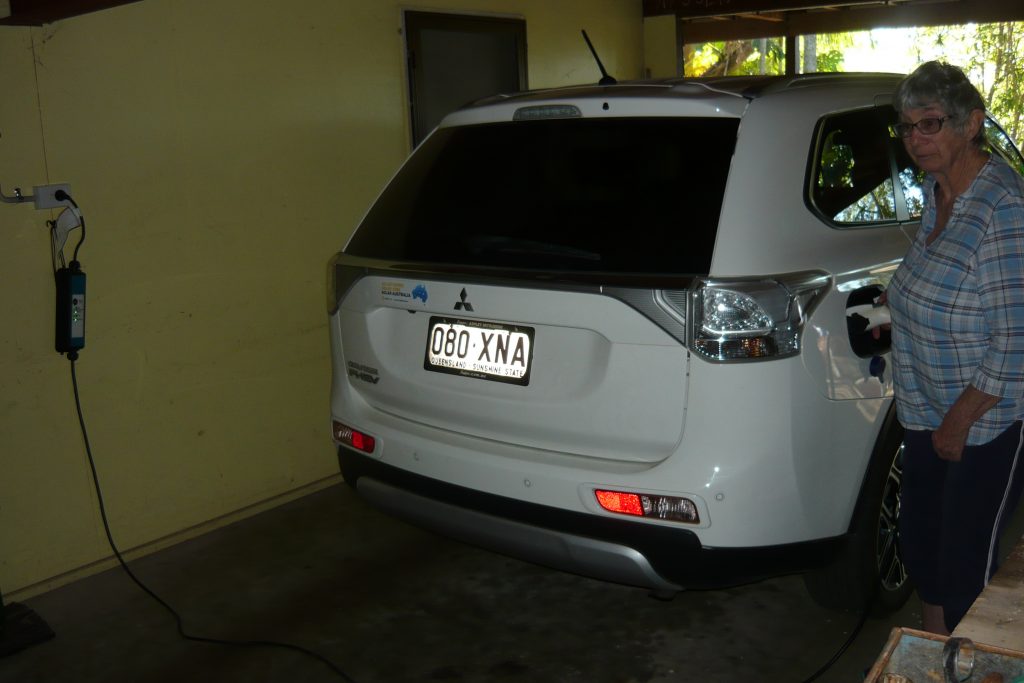
Electric vehicles (EVs) rely entirely on battery power to propel the vehicle. Batteries are charged using the grid, or from specialised solar powered charging stations. Their emissions are zero when using solar power. Their range will depend on their battery size and other factors including driving style. Many lower cost EVs have range of around 200km. There are other models with larger batteries with ranges up to 750 km.
EVs in Australia have had a relatively high price and often, short travel range (130km) making them relatively unattractive, given the distances often travelled here. Tesla had the first mass produced EV on the Australian market with a long range (250 – 660km), but with a high price that is reducing as the build and battery costs decline. Over time, fast charging stations have spread along the main highways and governments are encouraging this. Also, a number of manufacturers are planning on the release of EVs with longer ranges of 250km and greater. Some of these models are reported to be more competitively priced and should start to impact on car sales in Australia.
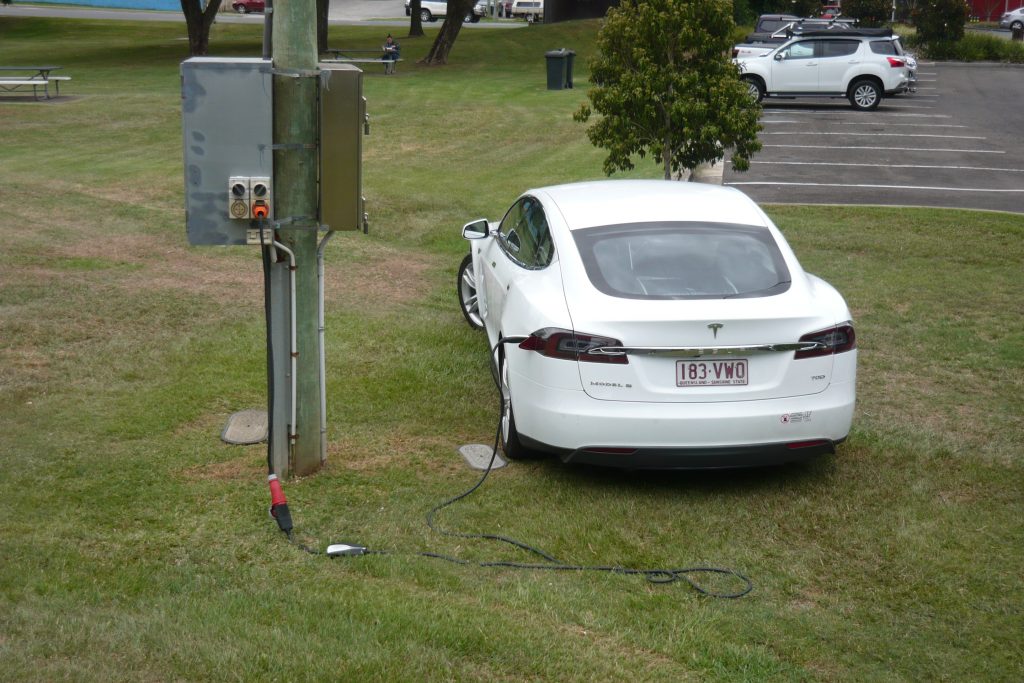
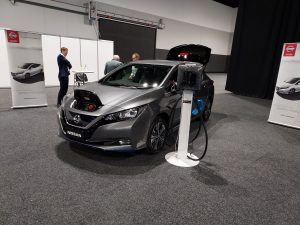
Personal Transport
Personal transport is also being electrified: Bicycles, Scooters, Skateboards, Motorcycles, all now come with electric options. As personal transports they are effective and low cost options enabling a lot of people to travel over significant distances easily.
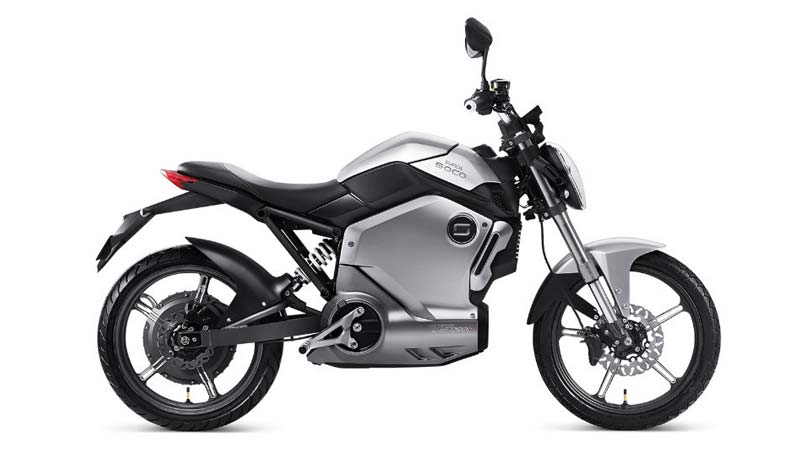
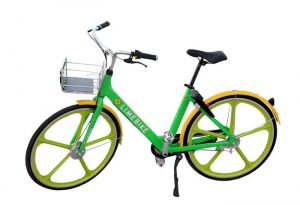
Conversion Of ICE to BEV
Many folks have older vehicles they love to drive and wish to maintain. However, these vehicles can be converted to BEV with kits available from various outlets. This ensures the favourite vehicle looks are kept but make it a zero emissions model. AEVA has a good page on this topic.
Great Links
These websites have a lot of information and news about EV developments world wide. The Driven, The Electric Vehicle Council, AEVA has a lot of info on the Australian EV situation.